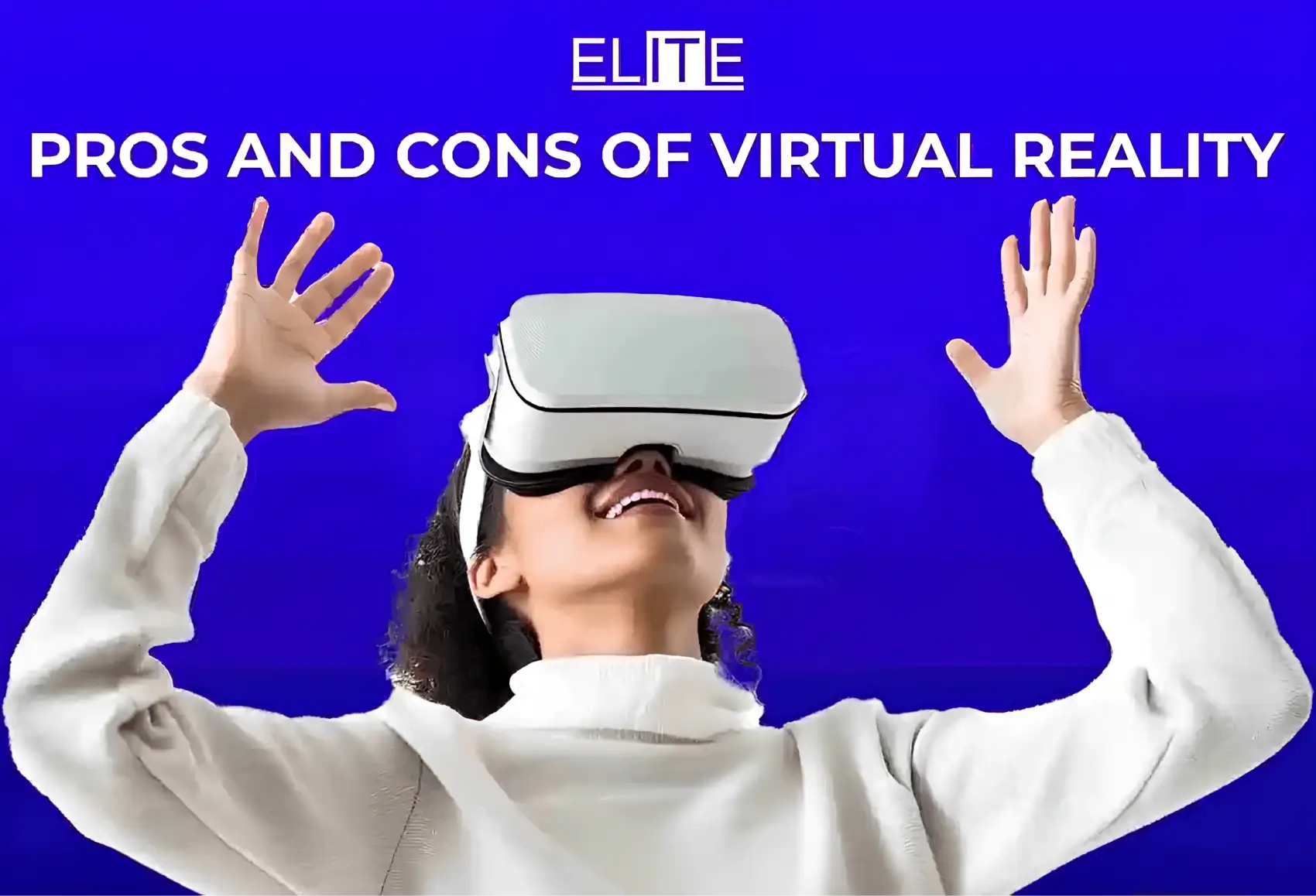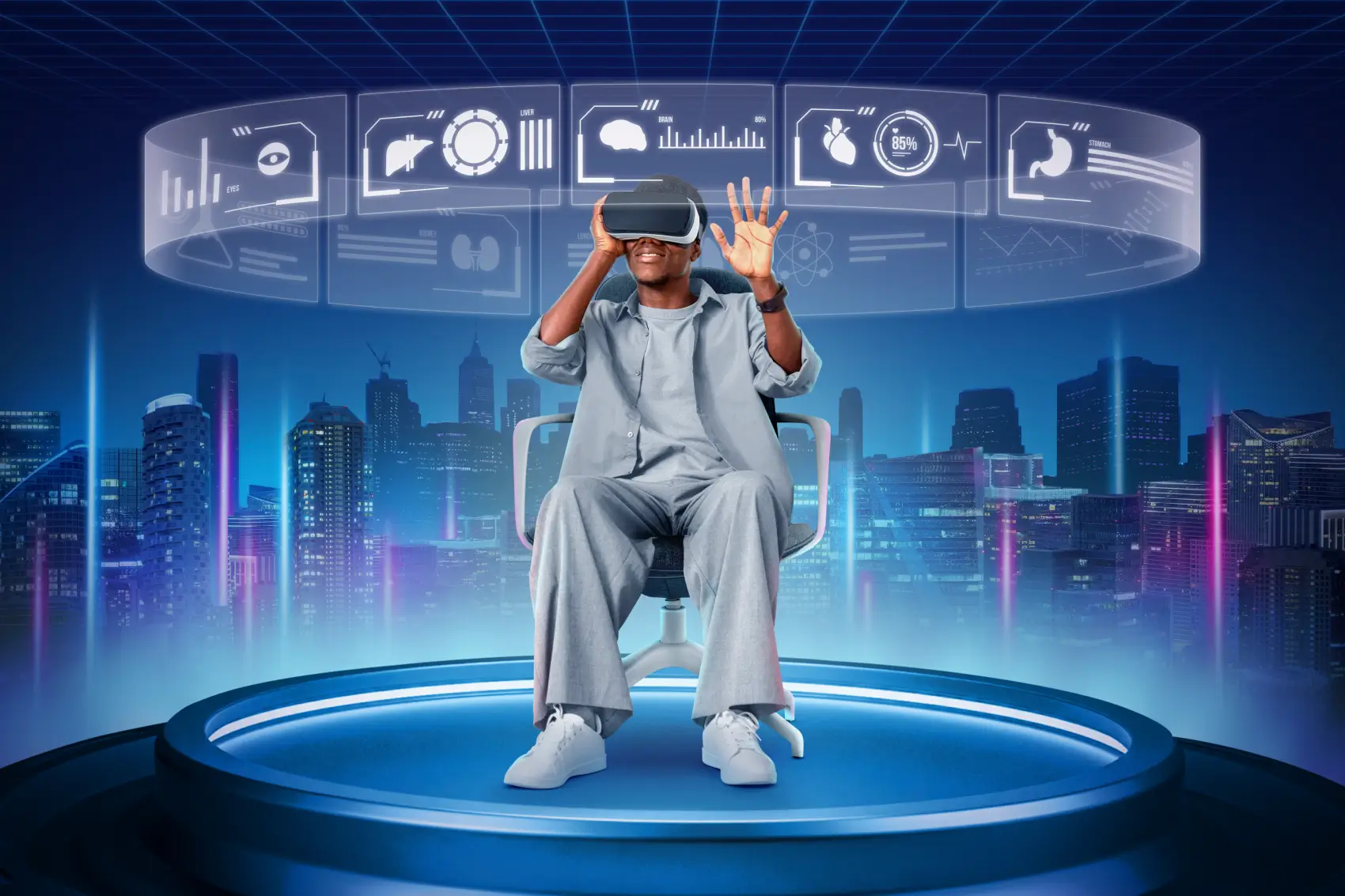Virtual Reality (VR) technology has emerged as a groundbreaking innovation and has become a reality with the potential to reshape various aspects of our lives. At its core, VR immerses users in simulated environments, blurring the line between the physical and digital realms. The phrase “pros and cons of virtual reality” has become a focal point of discussions, reflecting the widespread interest and curiosity surrounding VR’s potential impact and its VR advantages.
The development of AR VR technology is moving at a rapid pace and is empowering firms across various industries. As a leading IT service provider, Elite IT team is at the forefront of exploring VR’s possibilities. Businesses are using VR for product design, allowing engineers and designers to virtually interact with 3D models before physical prototypes are built while the travel and hospitality industries are utilizing VR to offer virtual tours of destinations.
However, with all this excitement, it’s important to consider the pros and cons of virtual reality technology. AR/VR has become a significant part of many industries, from gaming to education, offering immersive experiences that were once unimaginable. Hence, this blog post will delve deeper into both sides of the coin, answering the most anticipated question, “What are the pros and cons of a VR?”














